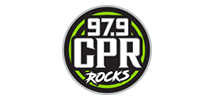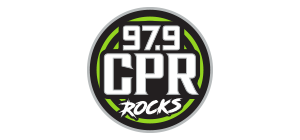As Mississippi faces some of the hottest temperatures we’ve seen this year, workers performing activities in high temperatures and humid conditions are at risk for heat-related illness.
Symptoms of heat-related illness include fainting, dizziness, nausea, and muscle spasms. Keep workers safe by following these simple safety practices.
- Provide water, frequent rest breaks, and shade.
- Allow time to build a tolerance for working in the heat.
- Offer training on the hazards of heat exposure and how to prevent illness.
- Develop an emergency action plan on what to do if a worker shows signs of heat-related illness.
The Occupational Safety and Health Administration (OSHA) has developed tools to help maintain safe and healthful workplaces during the summer months. Their safety message comes down to three critical components: Water. Rest. Shade.
Employer Responsibility to Protect Workers
Under OSHA law, employers are responsible for providing workplaces free of known safety hazards. This includes protecting workers from extreme heat. An employer with workers exposed to high temperatures should establish a complete heat illness prevention program.
- Provide workers with water, rest, and shade.
- Allow new or returning workers to gradually increase workloads and take more frequent breaks as they acclimatize, or build a tolerance for working in the heat.
- Plan for emergencies and train workers on prevention.
- Monitor workers for signs of illness.
Most outdoor fatalities, 50% to 70%, occur in the first few days of working in warm or hot environments because the body needs to build a tolerance to the heat gradually over time. The process of building tolerance is called heat acclimatization. Lack of acclimatization represents a major risk factor for fatal outcomes.
Occupational risk factors for heat illness include heavy physical activity, warm or hot environmental conditions, lack of acclimatization, and wearing clothing that holds in body heat.
Hazardous heat exposure can occur indoors or outdoors and can occur during any season if the conditions are right, not only during heat waves. The following is a list of some industries where workers have suffered heat-related illnesses.
| Outdoors | Indoors |
| Agriculture | Bakeries, kitchens, and laundries (sources with indoor heat-generating appliances) |
| Construction – especially, road, roofing, and other outdoor work | Electrical utilities (particularly boiler rooms) |
| Construction – roofing work | Fire Service |
| Landscaping | Iron and steel mills and foundries |
| Mail and package delivery | Manufacturing with hot local heat sources, like furnaces (e.g., paper products or concrete) |
| Oil and gas well operations | Warehousing |
OSHA’s On-Site Consultation Program provides no-cost and confidential occupational safety and health compliance assistance to small- and medium-sized businesses. Consultation services are separate from enforcement and do not result in penalties or citations.
The OSHA Training Institute Education Centers offer courses for workers, employers, and managers on hazard recognition and abatement at convenient locations nationwide.
The post Preventing Fatalities and Working Safely in Hot Weather appeared first on News Mississippi.


